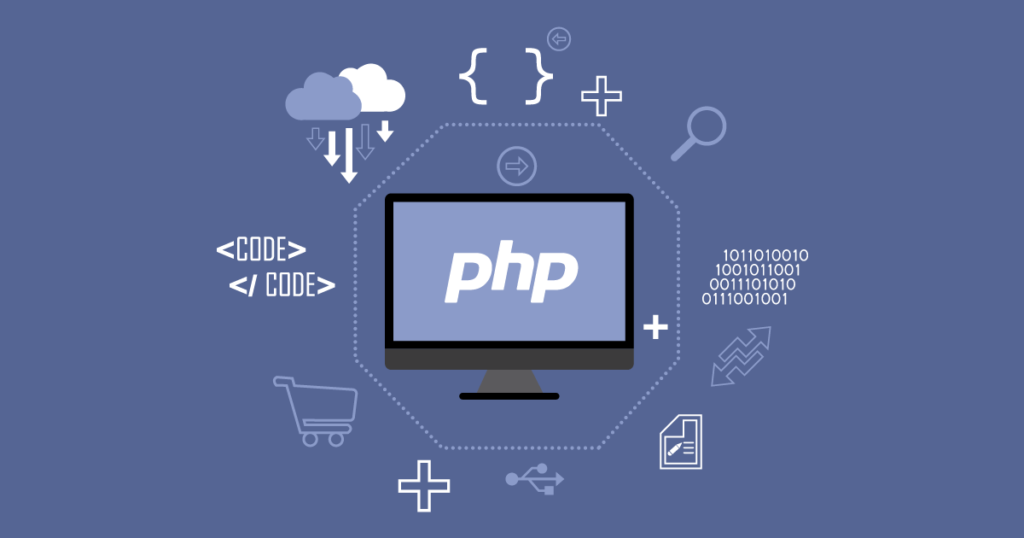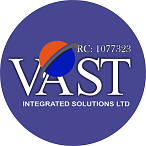PHP Stage 1

About Course
“PHP is a server scripting language, and a powerful tool for making dynamic and interactive Web pages”
PHP is one of the most widely used programming languages by content management systems such as WordPress, Joomla, and Drupal.
In this PHP course, you will be taught the basics, features and applications of PHP. Explore creating functional web pages, applications, the unique syntax of this server-based coding language and the common mistakes developers make when coding with PHP. Some important themes that are discussed in this PHP course are operators, statements, loops, arrays and functions in a PHP environment.
This course introduces you to the server-side scripting language PHP where you will learn about the early history of the language before delving into the syntax. Included in the syntax are keywords and tags commonly used when creating PHP environments and the subtle differences between PHP and other languages like HTML, C#, and Java. As with any coding language whitespace, comments and variables will be covered. The importance of whitespace and some general guidelines of including it around your code is discussed, as well as the benefits of writing descriptive comments throughout your program for yourself and other programmers in the future. You will also be introduced to popular arguments in the PHP community and the background to both sides, from the “command to display information” to the quotes you use in your code.
Next, you will learn how to manipulate your code using operators in PHP. Mathematical operations like addition, subtraction and division and comparative operations such as greater, lesser or equal are all covered. What “controlling the flow” of your program when you launch it, is analyzed, which leads into learning about conditional statements and how loops are used to repeat collections of these statements.
You will wrap up this section by learning how to debug your PHP code and address some common PHP challenges and mistakes. The following bit of content in this PHP tutorial includes functions and arrays, the various types you get and similarities between these and those found in other coding languages. The course concludes by discussing runtime errors, how they can impact the running of your program and how to solve them as well. The commands and processes necessary to read and edit external files through PHP written programs is the last section covered in this comprehensive coding course.
Throughout this PHP coding course, you will form a solid understanding of the basics of PHP coding through theory and practical coding demonstrations. Refine your coding skills by enrolling in this free online PHP for Beginners course and learn a critical language in the field of programming. Whether you are already in the programming field and want to learn PHP coding or if you are interested in learning server-side scripting – this course is perfect for you.
Course Highlights
At the end of this course, you will learn how to:
- Define Personal Home Page (PHP), a server-side scripting language
- Explain the necessity and importance of including comments and whitespace in your code
- Order the available operators in PHP from first to last when code is being executed
- Describe the statements used to control the flow of execution of code
- Identify the three looping constructs provided with PHP
- Recognize the common error encountered by PHP developers
- Recognize the three types of arrays PHP provides
- Describe built-in functions provided by PHP available to developers
- Outline how to create your own function within your web application
- Distinguish between the keywords “try” and “catch” when debugging runtime errors
- List the modes available and commands needed when handling an external file with PHP
Course Benefits
By the end of this course, the students will be able to:
- Learn PHP Programming from Scratch to Advanced Level
- PHP runs on various platforms (Windows, Linux, Unix, Mac OS X, etc.)
- PHP is compatible with almost all servers used today (Apache, IIS, etc.)
- PHP supports a wide range of databases.
- PHP is free. Download it from the official PHP resource: www.php.net.
- PHP is easy to learn and runs efficiently on the server side.
